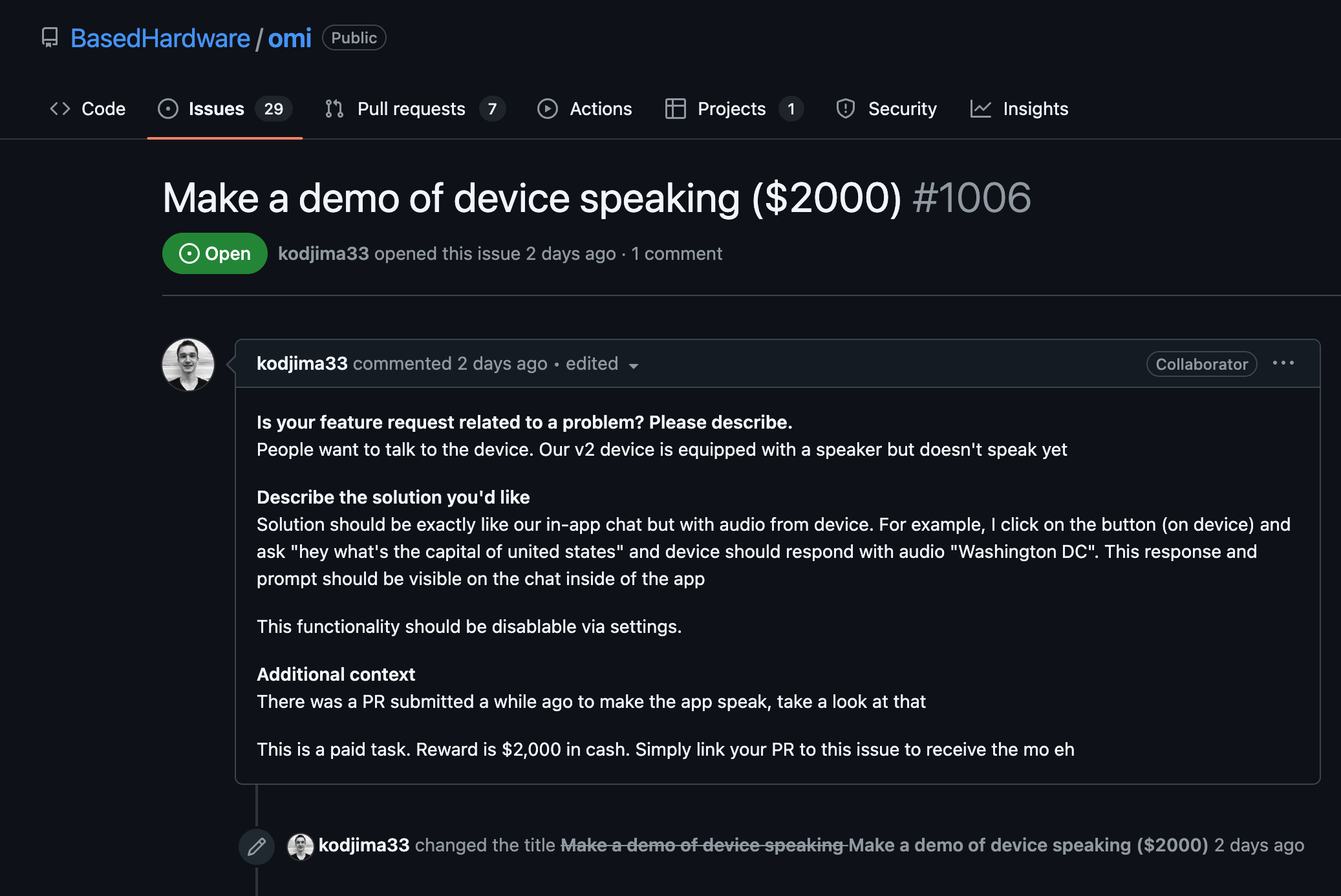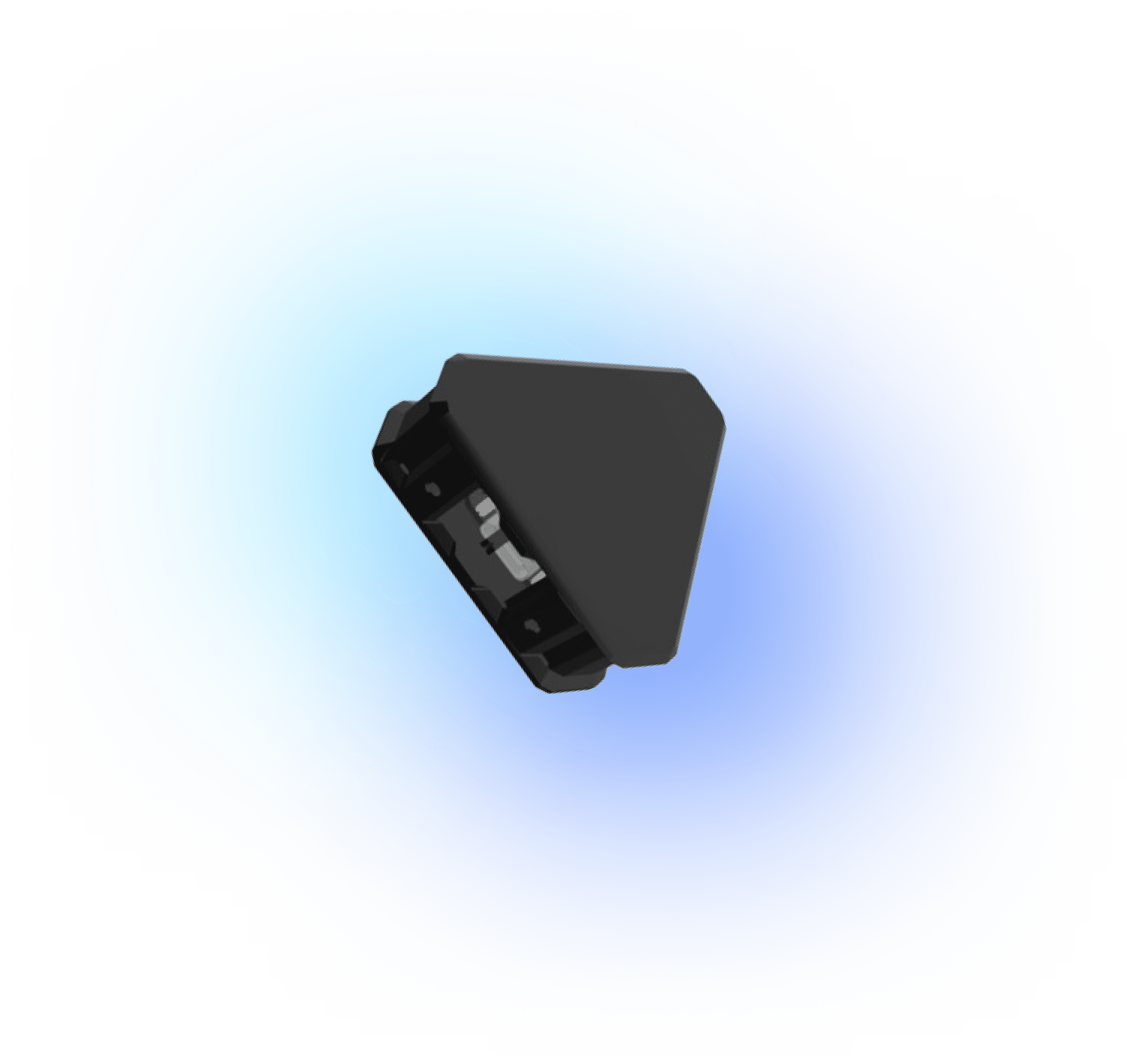Design the Schematic
- Choose the appropriate software. Popular EDA tools include KiCad, Eagle, and Altium Designer.
- Create a new project and set up your schematic based on the components needed for your circuit.
- Add components to your schematic from the software's library. If any component is not available, you might need to create custom components.
- Connect the components using symbolic lines that represent the electrical connections in your circuit.
- Validate the schematic for errors, ensuring that all components and connections are correctly configured.
Design the PCB Layout
- Transfer the schematic design to the PCB layout section of your chosen software.
- Position the components on the PCB, keeping in mind heat management, power distribution, and signal integrity.
- Route the traces manually or use the auto-router feature if available. Make sure to adhere to the design rules specific to your board, such as trace width, spacing, and copper pour settings.
- Add vias and planes for ground and power connections if necessary, ensuring they follow the design specifications.
- Perform a Design Rule Check (DRC) to catch any errors or violations before finalizing the layout.
Create Output Files for Manufacturing
- Generate the Gerber files, which are a standard set of files used by PCB manufacturers to produce physical boards.
- Create a Bill of Materials (BOM) which lists all components, their values, and part numbers for ordering.
- Ensure to export the drill files, assembly drawings, and any additional files requested by your manufacturer.
- Review the Gerber files using a Gerber viewer to ensure everything is as expected before sending them to the manufacturer.
Select a Manufacturer
- Research and select a PCB fabricator that meets your requirements in terms of quality, turnaround time, and cost.
- Consider factors like the manufacturer’s capability to handle the complexity of your design, experience with the types of boards you require, and shipping logistics.
- Send your files to the manufacturer and consult with them if any modifications or additional information is needed.
Assemble the PCB
- Once the PCBs are delivered, check for defects like misalignments, shorts, or missing features in the produced boards.
- Begin soldering components onto the board following your schematic, either manually or through a pick-and-place machine if applicable.
- Test each step of assembly to ensure the board is functioning as expected. Use oscilloscopes, multimeters, or other test equipment to validate the work.
- Consider a reflow oven for soldering components if you have a large batch or fine-pitch components.
- Perform a final test on your assembled PCB to verify the entire circuit functions as intended.
Troubleshooting and Iteration
- If you encounter issues, debug by checking each section of the circuit carefully, looking for solder bridges, misaligned components, or incorrect components.
- Use circuit simulators to predict behavior and identify potential issues before manufacturing another iteration.
- Iterate on the design if necessary, to improve performance, reduce size, or switch to alternate components for cost optimization or availability reasons.
- Update your design documents and files with any changes made during the troubleshooting phase for future reference.























